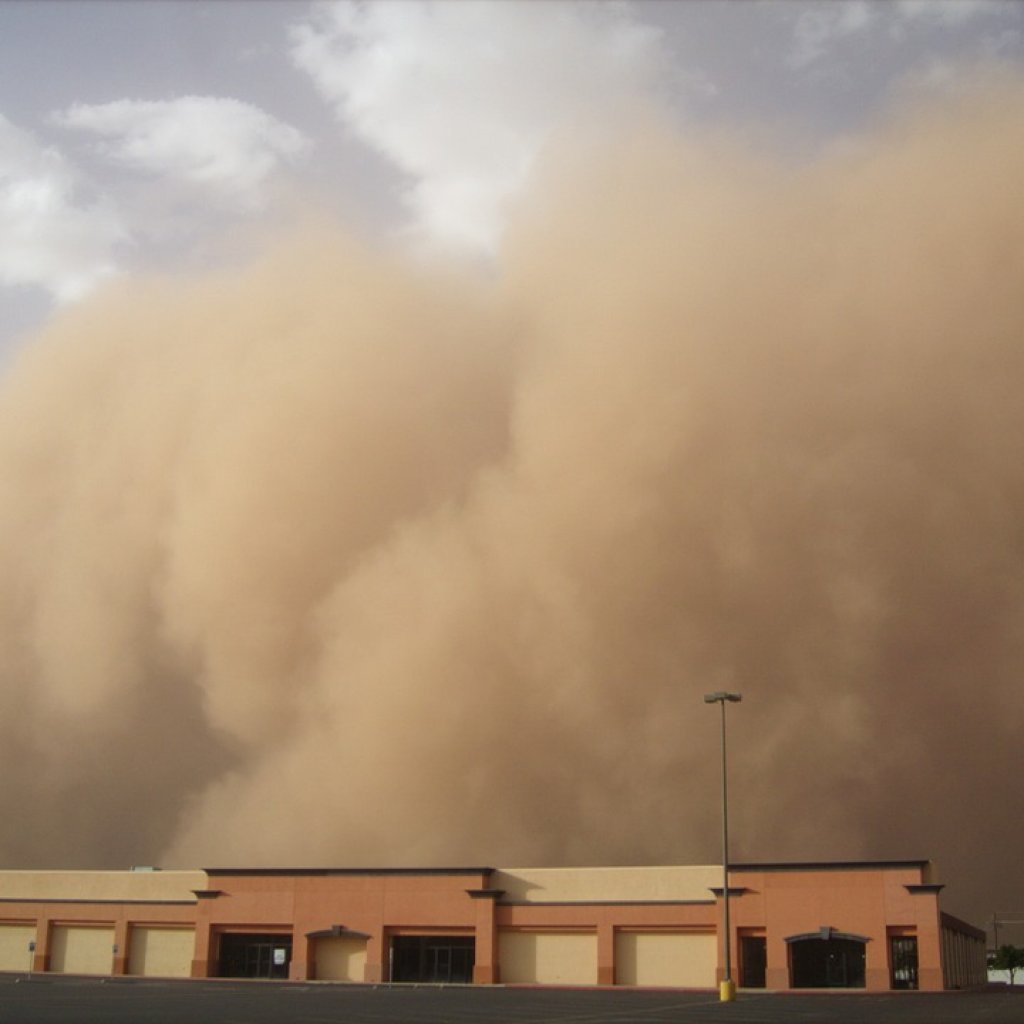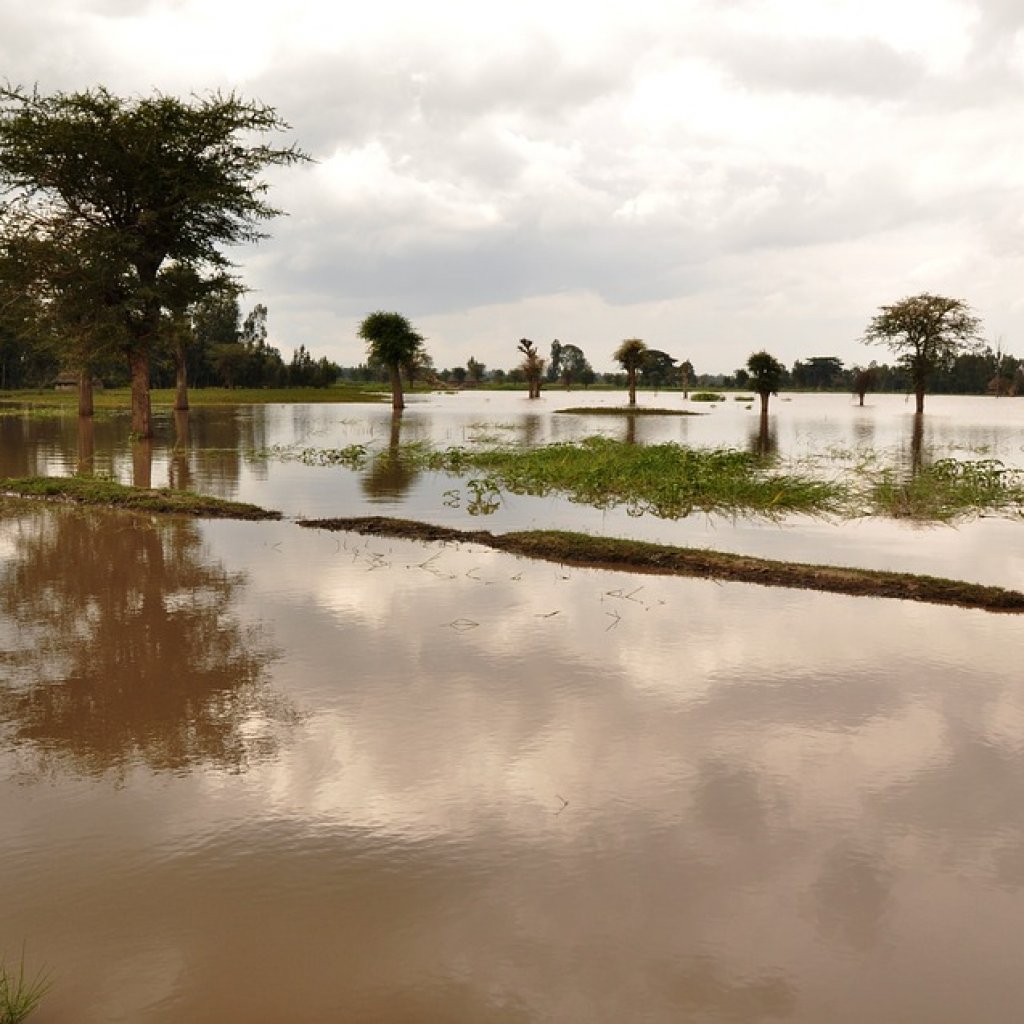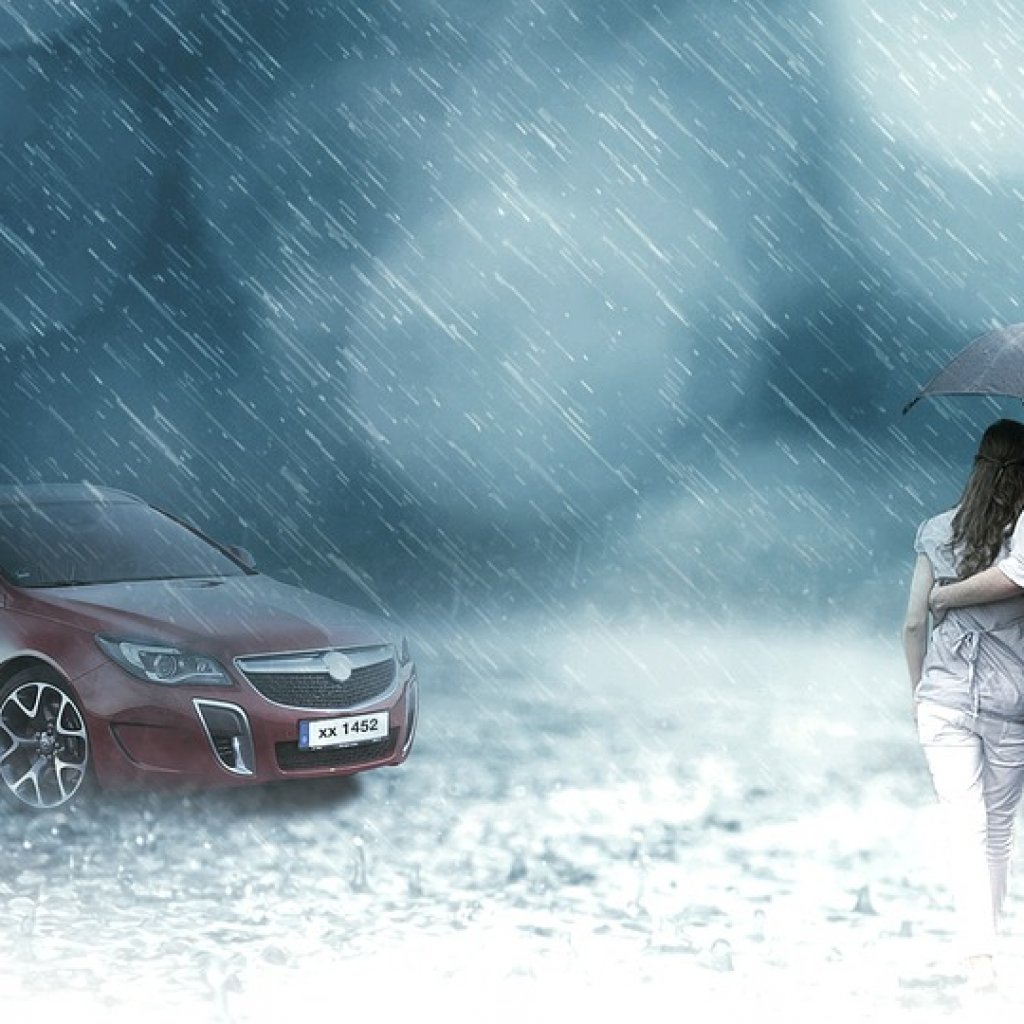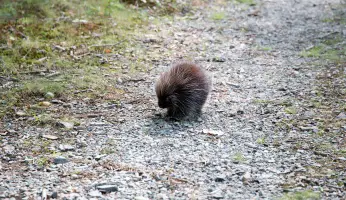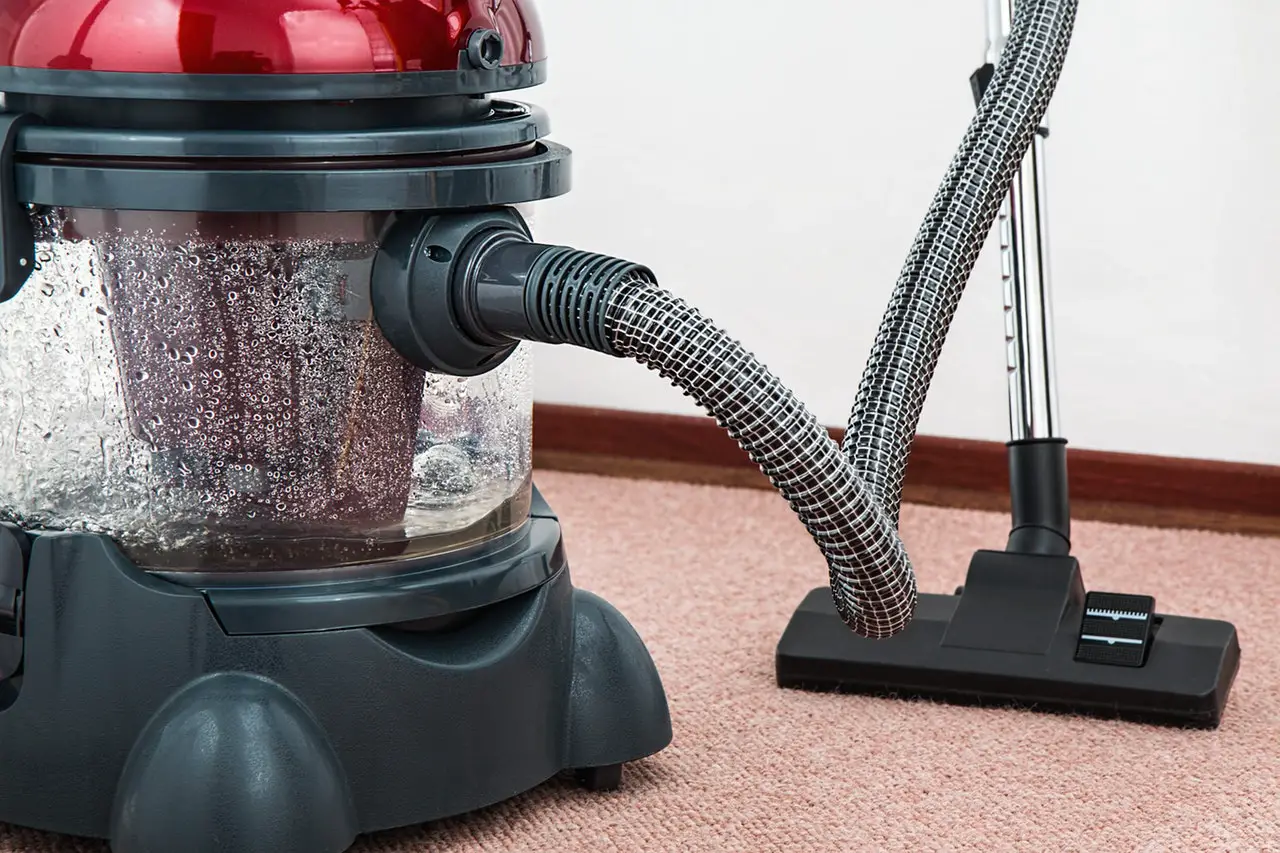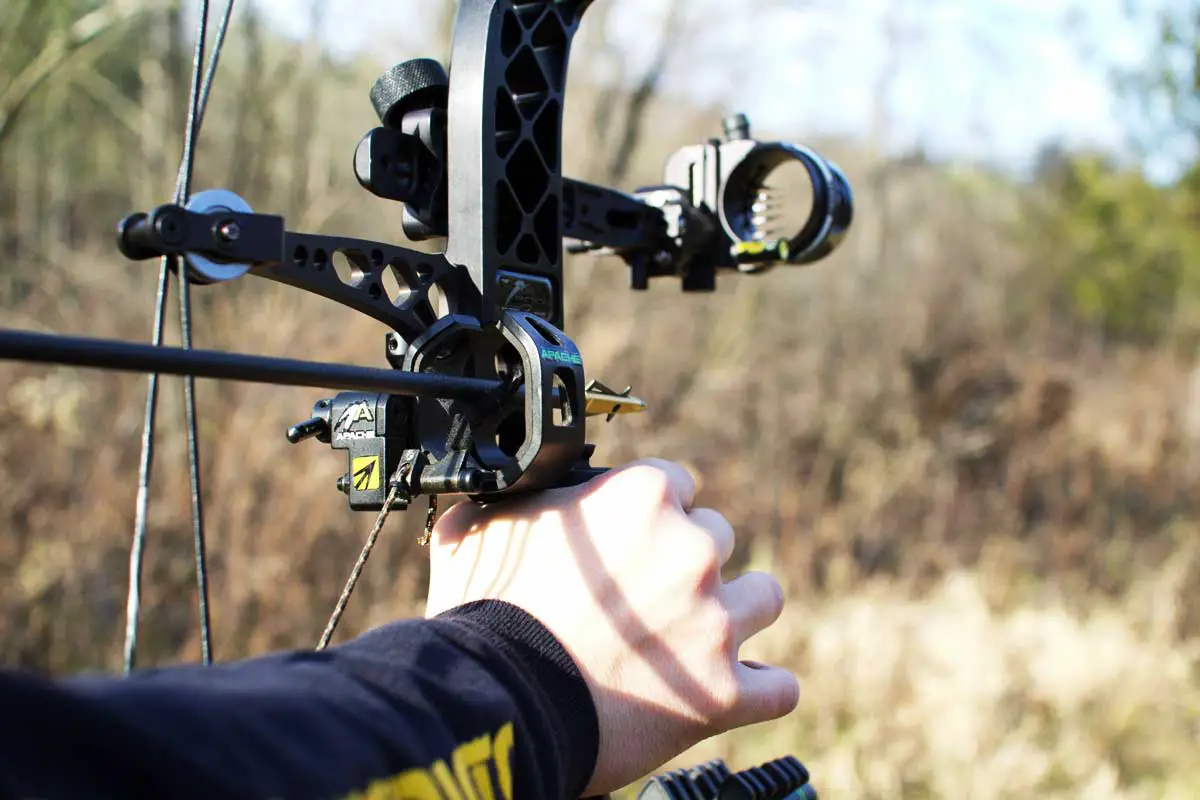Survival Skills: What to do in a Monsoon Storm
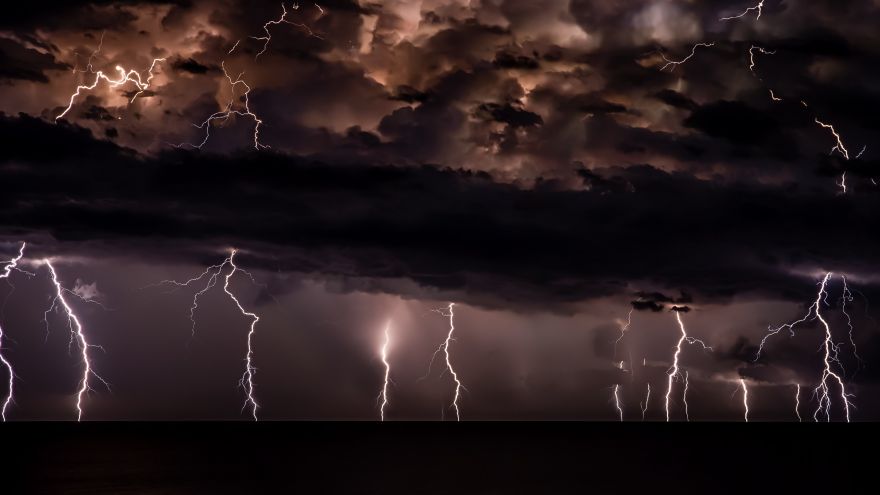 Survival Skills: What to do in a Monsoon Storm
thegearhunt.com
Survival Skills: What to do in a Monsoon Storm
thegearhunt.com
What is a monsoon storm? This is a question that gets asked quite often since there seems to be some debate over whether it’s just a shift in wind or a serious storm. Either way, if you live in areas that are prone to monsoon storms, you need to know what it is, how to handle them, and above all, how to keep you and your family safe. Monsoon season is full of peril for anyone that lives in areas where monsoons are known to strike. They can crop up, get bad, and turn deadly in an instant. In areas that have monsoons, the season usually starts on July 15 and ends around August 30th, making it a summer season type thing.
There are many dangers associated with a monsoon storm, from the rain to the driving conditions and from the flash floods to the horrible lightning. While there is really nothing that you can do about the season or the coming storms, there are ways that you can prepare for the season to come and survive once a storm hits. There are many things that can happen during a monsoon storm and you need to prepare yourself and your family for all of them.
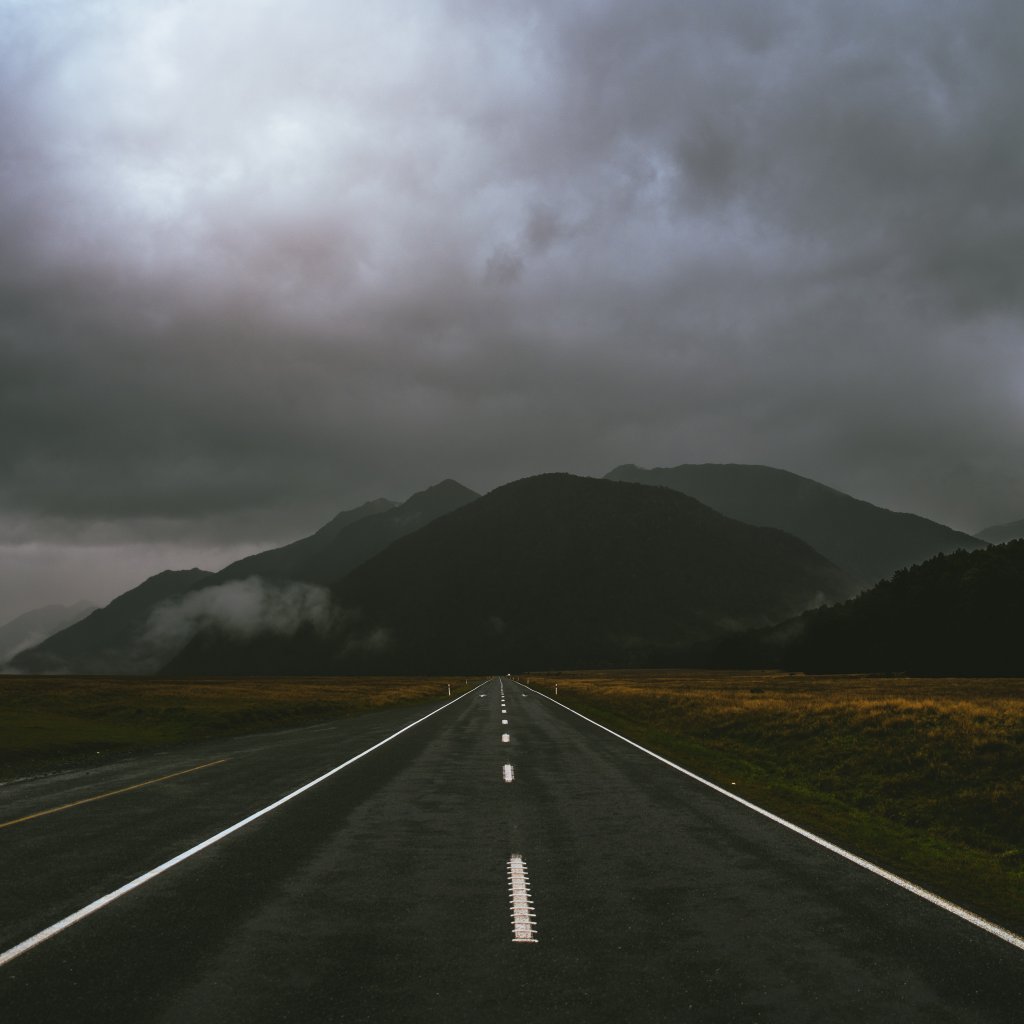
Sadly, when most people think of monsoons, they think of a sudden violent rainstorm, complete with lightning that only strikes in exotic locales. While it is true that monsoon storms do strike in many exotic locales, it’s also true that some of the states in the United States have their own monsoon season as well. Arizona is one of those states and its residents can tell you that monsoon season in their area is something to fear and not to be taken lightly. Although it is a thunderstorm and happens all over the United States during the spring and summer months, monsoon season is a time when it’s most prevalent and deadly.
In this blog, we will discuss what a monsoon storm is, how to prepare for one, how to survive one, and even what to do after a monsoon storm strikes your area, among other things. So, grab your umbrella and join us as we delve into monsoon season and what to do when you are caught in a monsoon storm to protect yourself, your property, and your family.
What is a Monsoon Storm?
By definition, a monsoon storm is a large-scale weather pattern that includes an intense wind shift over a certain region, such as Arizona, and creates conditions that are favorable for violent thunderstorms and tornadoes. These are common in some exotic locales and parts of the United States such as Arizona and New Mexico. While they seem to be just like normal thunderstorms to many, they aren’t and can turn deadly quickly.
Dangers of a Monsoon Storm Revealed
Now, that we know what monsoon season and a monsoon storm are, it’s time to move onto the extreme dangers that monsoon storms can bring.
Dust Storms
One of the biggest dangers of a monsoon storm is the dust storms that it can create. When a monsoon thunderstorm rolls through, it can create a dust storm that is nothing but a mile-high wall. If you are outdoors or have severe asthma or allergies to dust, then this can be deadly for you. These dust walls can turn a perfectly clear day into total darkness in an instant. Even if it isn’t a dust wall, tinier dust storms have been known to reduce driving visibility to zero and have been responsible for many accidents and fatalities during the monsoon season.
Flash Floods
Many people laugh when you mention the possibility of flash floods in monsoon prone areas. They are supposed to be super dry desserts, where not enough rain could fall to cause any type of flooding, much less a flash flood. Not true, during monsoon season, because the sudden deluge of downpours from a storm doesn’t have anywhere to go, as the hard packed, dry earth doesn’t absorb the sudden influx of water. Many people have lost their lives in cars that have floated away or been hikers that drowned because a flash flood happened after a storm. If you are in one of these areas during monsoon season, stay away from existing water and gullies and areas that may flood easily. If you move to one of these areas and are asked if you want flood insurance on your home, don’t laugh, take them up on the offer, or you may be homeless with no money to rebuild before long.
The Lightning
While these areas might not have the brilliant lightning shows that many parts of the country do during the summer months, they still get their share during monsoon season. Lightning strikes are responsible for dozens of injuries and at least 49 fatalities during monsoon season every year. If you hear a storm coming or see other signs, get inside as fast as you can, as experts say, if you can hear the thunder then the lightning is close enough to strike you, so don’t stay outside.
These are just a few of the dangers of monsoon storms, there are more, these are just the most common. If you are caught in a monsoon storm, try to get in away from the dust storms, away from the lightning and by all means, make sure that you stay away from anywhere that flash flooding can occur. Your life might just depend on it. If you are new to the area, find out everything you can about monsoon season and the dangers and teach your family as well for safety’s sake.
Top Things You Should Know About Monsoon Season and Monsoon Storms
There are a few things you need to know about monsoon season, the storms, and even some cool facts that you might want to know below as well.
Say Hello to Nature’s Animals
Because of the torrential downpours, flash flooding is a very real concern as we have stated previously. It’s also a time for nature’s animals to make an appearance as well. More Gila monsters will come out to play and you may start to see them more often on those star-studded Arizona nights. Since they live in the washes and gullies, that may very well flood during monsoon season, they come to higher ground. The same holds true for tarantulas and many bugs native to the area.
Monsoon Season has its Own Distinctive Scent
Have you ever wondered why monsoon season seems to come with its own nice smell? It’s because of the creosote bush. When it rains, the bush releases its earthy, musky smell that is so prevalent after a rainstorm. The scent is so popular that many people buy it in a lotion so that they can have the scent when monsoon season is over for the year.
Now that we have looked at the fun things about monsoon season, let’s get down to some tips to help you prepare for the season ahead. From driving tips to preparing your family and your home for the storms ahead, we have it all below for your perusal.
Tips for Preparing for Monsoon Season and the Storms Ahead
There are really not many signs that a monsoon storm is going to hit and they can come out of nowhere. There are a few things you can do to prepare, however, those are listed below.
Trim Your Trees
Trees falling are responsible for many injuries, property damage, and even deaths during monsoon season, so it’s important to take care of your trees before the season begins. Trim and thin branches that could fly off and cause damage and always have trees removed that are diseased, dead, or dying, as they can easily be uprooted by high winds or tornadoes.
Check Your Soil
As previously stated, the soil in Arizona isn’t great at absorbing water, so your lawn isn’t going to be either. Check your soil with a screwdriver. If you can easily push the screwdriver in, then you’re okay, if not, you need to turn off your water sprinklers, so that you save what moisture you have in the ground and the dirt can absorb the rain for at least a while.
Check Your Roof, Windows, and Doors
You want to inspect your roof, windows, and doors before the storm hits to ensure that they are capable of withstanding the rain and wind that comes with these storms. If you have problems with any of the three, get those problems fixed before the storms begin to hit.
During a Monsoon Storm
During the storm, you will want to stay inside if at all possible. Stay away from windows and electrical appliances. Keep your radio tuned to local weather stations to hear any news of tornadoes or possible flash flooding in your area. If you are outdoors, get to shelter as fast as possible. If you are driving, it is best to pull over and try to wait out the storm, as the dust and the rain can be deadly, if you try to drive through them. Making sure to prepare your home and your family by fixing things and teaching them how to be safe in a monsoon storm is extremely important if you want to make it through uninjured and with as little property damage as possible.
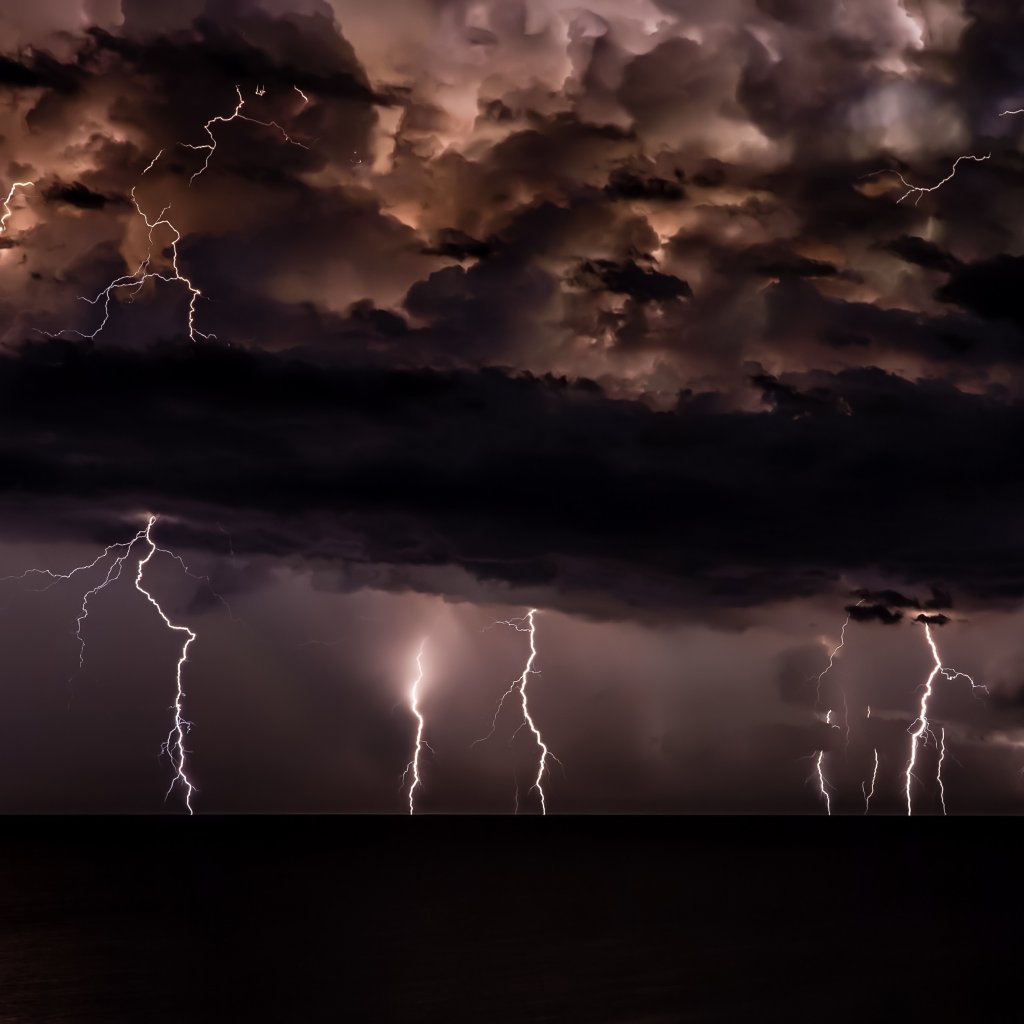
After the Storm
Luckily, these storms are usually quick moving and don’t linger in one area for very long, though the destruction they leave behind can be devastating and violent. Hunker down with your family until the storm passes, then follow these tips for checking on friends and family and clean up after the storm is gone.
Contact Friends and Family
The first thing you want to do after the storm passes is check on your family and friends to determine if they are okay or need any help. Letting them know that you are alright and knowing that they are okay will ease your mind and allow assessing damage to your property to be easier.
Clean Up the Dust
The first thing you will want to do is get rid of the dust that the monsoon storm blew in. Start with cleaning your air conditioning ducts and changing your filters. While it is recommended that you change your filters every two or three months, it is better in monsoon season to change them every couple of weeks or one a particularly bad dust storm comes through. This helps to keep your air conditioning system running properly and helps to lower your cooling bill as well. This is also the perfect time to clean your pool, as it will be full of dirt and debris as well. Clean everything else up around your property and then wash your car, in this way you are assured that the area is free of dust and the allergens that the storm blew in.
Report Any Flooded Areas You See
Once you have cleaned your property, it’s time to check and see if there are any flooded areas around you. You will want to report those to the local authorities as soon as possible, so they can seal those areas, and start taking care of the flooding problem. Remember, reporting flooded areas could very well save someone’s life, so this is an important step to take after a monsoon storm.
These are just a few of the things that you should know about monsoon storms and what to do during them. Remember, these storms can crop up quickly, so preparing ahead and knowing what to do in a monsoon situation is extremely important and may very well save your life, your family’s life, and the lives of others in your community. Stay safe everyone!
Sources:
- This is Tucson: 10 Things to Know About Monsoon Season Before Stuff Starts Getting Real
- Titan Restoration: 20 Steps to Take Before and After a Monsoon Storm
- Phoenix.org: 3 Dangers of Monsoon Season Every Arizonian Needs to Know





